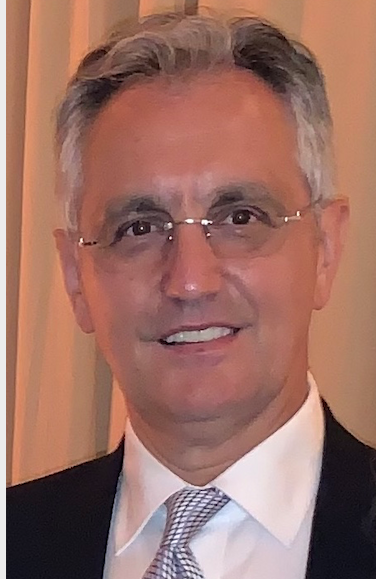BY PASHKO CAMAJ

A few months ago, no one knew SARS-CoV-2 (Covid-19) existed, no less that it would develop into full-blown pandemic, spread to almost every country, infecting so far 7 million people whom we know about, and probably many more whom we do not. It has periled economies and burdened or broken health-care systems world-wide, emptied our public spaces and filled our hospitals. It has caused a separation of people from friends, families and their workplaces. With a large footprint it has disrupted modern society on a scale most of us have never witnessed. Like the two World Wars or Spanish Flu of 2018 before, this pandemic has already left an indelible mark on the world and our nation.
Some of us may have heard or learned that global pandemic of this scale was a distinct possibility. Many public health experts have written and warned about of the possibility of such an outbreak. But to most, it was only a good fodder to make a Hollywood production (Contagion-2011). And then the fears became reality in early part of this year, when many of us were left trying to answer the question: “what do we do now?”
As we look at our initial response and steps we took to “flatten the curve” to reduce the number of infected and lessen the severity of the impact, we learned that even United States, with the 83.5 grade-highest on the Global Health Security Index which grades every country on its pandemic preparedness. We were still not prepared to handle such a crisis. In fact, no country in the world was. My goal is not to try and place blame on any country, but it’s hard not to question “what if?”, and that “what if” must start with the origins of this global pandemic! This essay will not deal with trying find answers to that “what if’”, but rather talk about the fate of a pandemics, especially how do they end.
We know how the Covid-19 pandemic began: animals such as bats in a region in the Wuhan region in China, are a natural host of various strains of coronavirus. Based on what we know, sometime last fall one of the opportunistic strains, left its host and ended up in a human, setting in motion the pandemic not seen in more than 100 years. What we do not know, though many speculate, is how the pandemic will end. The combinations of factors such as unprecedented easy transmissibility of the virus, a range of effects on people, with symptoms going from none to mild to deadly, make predicting how it ends complicated. Under these conditions, there are three possible endgames: one that was very unlikely, one that was dangerous and deadly, and one that may take months and maybe year/s.
The first possibility (that has already passed us) was that a unified global response to simultaneously blockade to manage and controls the virus, as with the original SARS in 2003. We now know the outcome of that possibility, the widespread 2020 coronavirus pandemic in almost every country.
The second possible outcome for ending a pandemic is that the virus does what past flu pandemics in the past have done: ravages through the world and leaves behind enough immune survivors that it eventually cannot find viable hosts. This would have created a “herd immunity” scenario but also come at a terrible cost. This virus is more transmissible and more fatal than the flu, and it would likely have left behind many millions of deaths across the globe. The estimates for U.S. were from 1-3 million deaths alone.
The third (and for this pandemic) the only possibility is based on a containment and vaccine: the end of this pandemic will most likely be a mixed bag of what worked in past pandemics-continued social-control measures to buy time, new antiviral medications to ease symptoms, and finally a vaccine. Aggressive epidemiological tactics such as isolating the sick, quarantining their contacts and implementing social controls and use of facial covers, can limit and flair-ups to localized outbreaks. These are ‘contain’ tactics until we have a viable, safe, and effective vaccine! But we know that will take some time – some predictions are by end of this year – and when ready, there is a reason to think a vaccine could work effectively. Compared to the flu virus, coronaviruses do not have as many ways to interact with human cells. If we control the mechanism by which they interact with our cells, the virus can’t invade and replicate in our cells and controlling that mechanism is what an effective vaccine will do. While not sure whether a vaccine will confer long-term immunity as with measles or short-term immunity as with flu shots, we know that only a safe and an effective vaccine will be the end this pandemic.